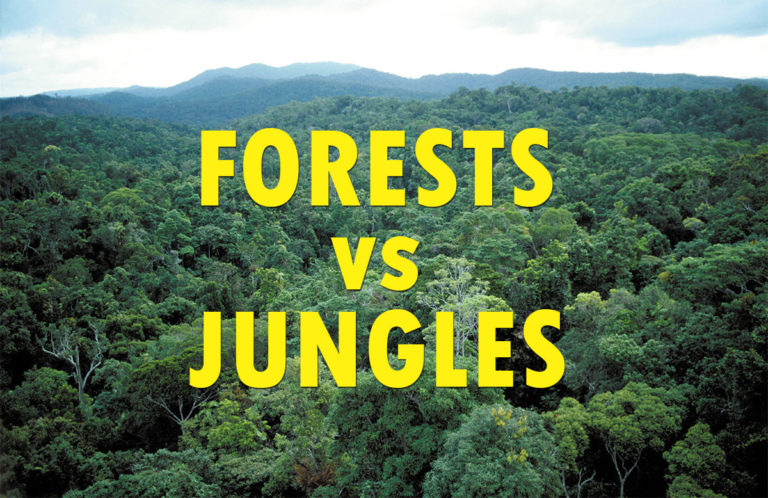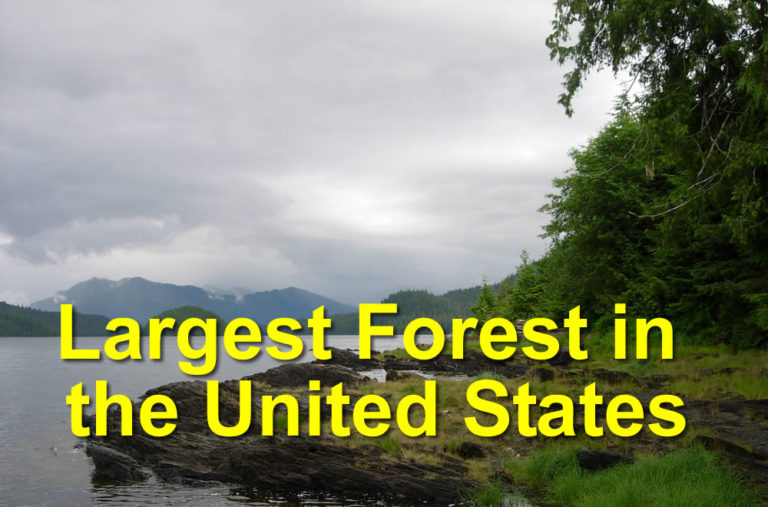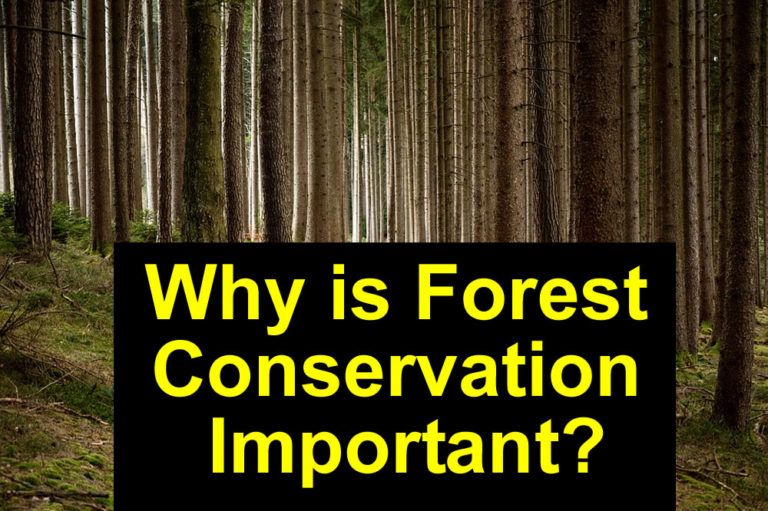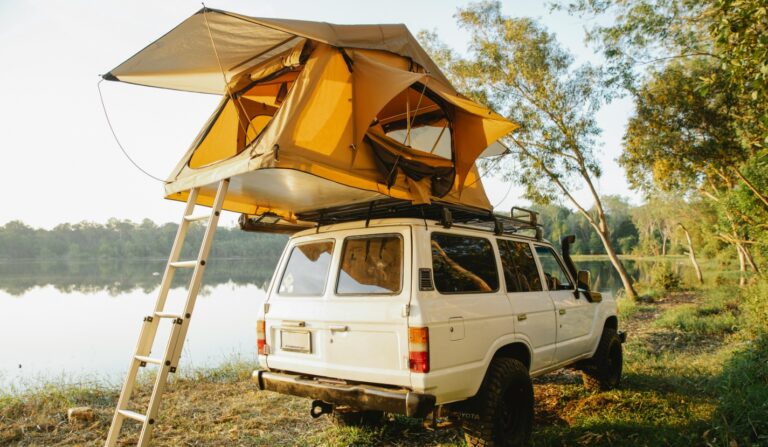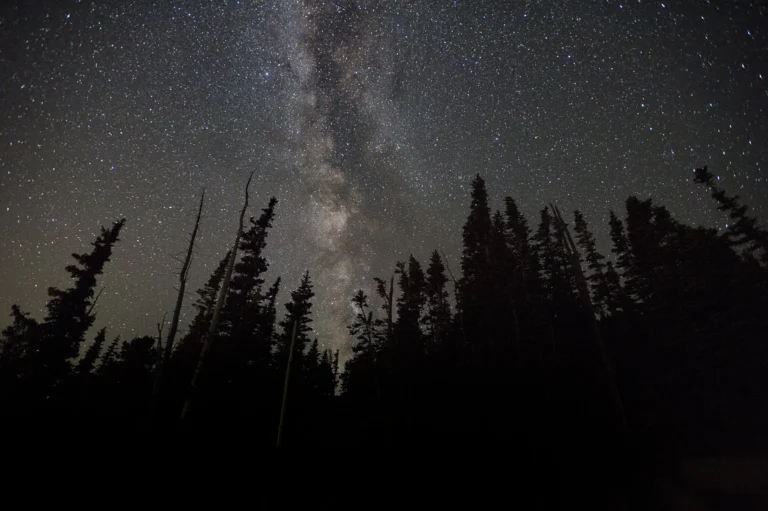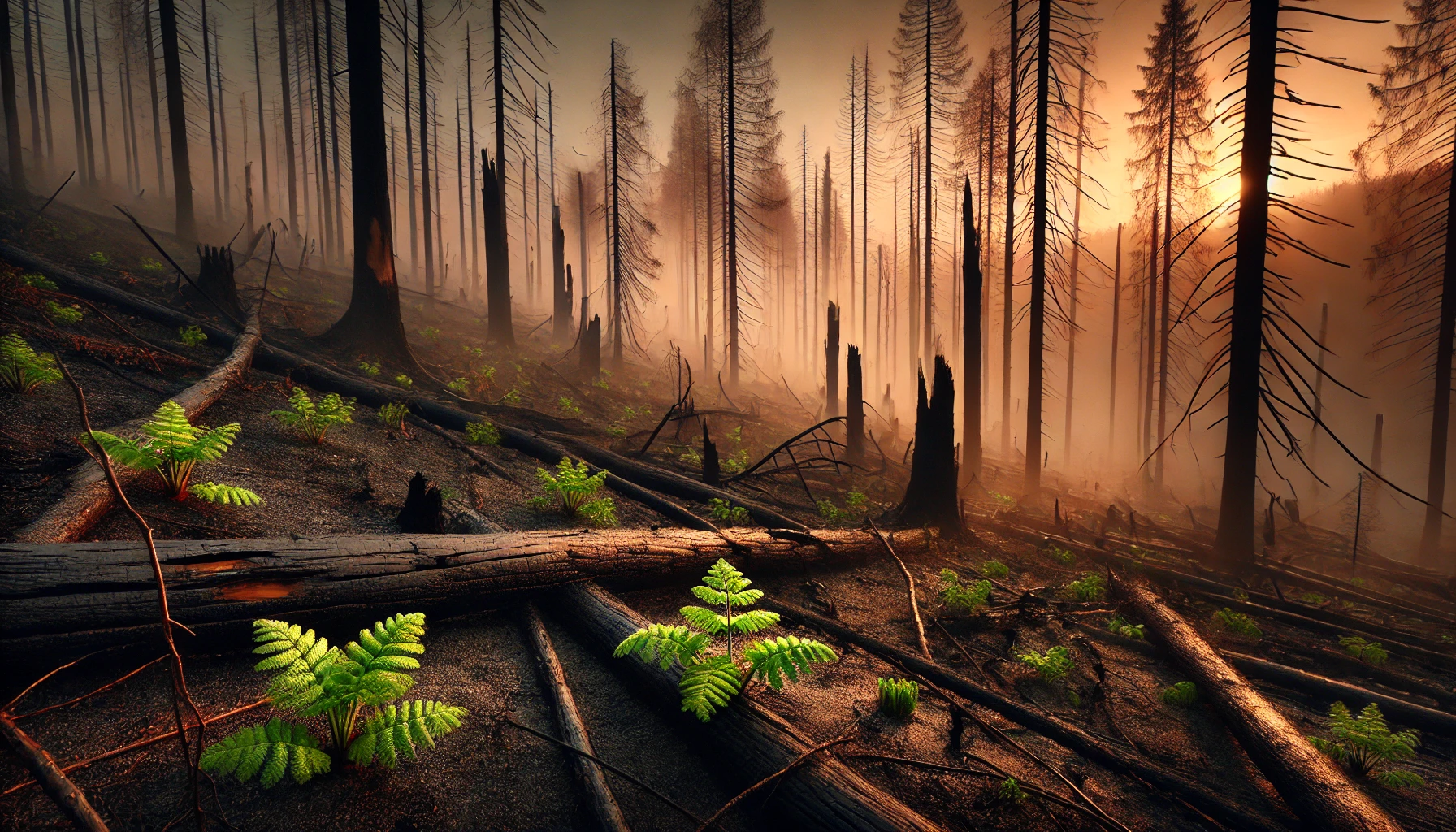
I’ll never forget the morning I woke up to a copper-orange sky. Ash floated like snowflakes. The air was thick, heavy with smoke. Miles away, a wildfire had sparked to life—and the wind brought it whispering through the valley. It was beautiful. And terrifying.
Understanding forest fires isn’t just for firefighters. As hikers, campers, and stewards of the land, we owe it to the wild places we love to understand what causes these blazes—and what grows from their ashes.
What Causes a Forest Fire?
A forest fire starts when three elements combine: heat, fuel, and oxygen. It’s called the fire triangle.
In many cases, lightning is the spark. A single bolt hitting a dry pine can ignite acres in minutes. But more often, we’re the culprits.
Unattended campfires. Cigarettes tossed out car windows. Sparks from chains dragging on asphalt. Equipment malfunction. Even a hot tailpipe brushing against dry grass can trigger disaster.
These aren’t rare events—they’re common. In fact, the majority of wildfires are human-caused.
How Does a Forest Fire Start?
It often starts small. A smolder. A flicker.
Then, if the conditions are right—low humidity, dry vegetation, and a little wind—it spreads fast. A fallen ember on dry duff can turn into a ground fire. Add wind, and it becomes a wall of flame moving through the canopy.
Once airborne, embers can jump rivers, roads, even fire lines. That’s how a spot fire miles away can erupt out of nowhere.
Can You Outrun a Forest Fire?
No—at least, not in most situations.
Wildfires can move faster than you can sprint. Uphill, fire moves even quicker. A 20 mph fire front through dry grass isn’t uncommon. In dense forest, it might move slower—but it can still outpace you if conditions shift.
The smarter approach? Don’t get caught in the first place. Check local fire conditions. Respect burn bans. And always have an exit strategy.
If you ever do find yourself near an active fire, don’t try to outrun it. Move perpendicular to the fire’s direction, find a clearing or already-burned area, and stay low. Smoke can disorient you faster than flames.
What Happens After a Wildfire?
Fire may seem like an ending—but it’s also a beginning.
After a forest fire, the ecosystem doesn’t just sit still. It adapts. It regrows. It rebuilds.
The process is called secondary succession. That’s when an ecosystem begins to recover after a disturbance, but the soil remains intact. It’s different from primary succession, where life returns to bare rock or lava flow.
Who Comes First? The Pioneers
In the early stages of recovery, you’ll see hardy species known as pioneer organisms. Think mosses, ferns, fungi, and grasses. These lifeforms stabilize the soil, prevent erosion, and prepare the ground for larger species.
Next come shrubs and fast-growing trees—aspens, alders, and pines. Then, over years and decades, the forest rebuilds layer by layer. Wildlife follows. Birds return. Insects thrive. Eventually, deer and elk track through the regrowth.
It’s a powerful reminder that destruction and renewal often share the same stage.
Fire: Enemy and Ally
Not all forest fires are bad. Some are necessary. Certain pinecones only open in extreme heat. Fires clear out deadwood, restore nutrients, and create space for sunlight to reach the forest floor.
But when wildfires grow out of control—fueled by drought, climate shifts, or human neglect—they become monsters.
As outdoorsmen and women, we must respect fire. Understand it. Plan for it. And never forget the responsibility that comes with stepping into the backcountry.
The forest will heal. It always has. But we can help it recover faster—or delay its recovery through careless choices.
Every fire tells a story. Let’s make sure we’re not writing the next chapter with a spark we never meant to strike.
